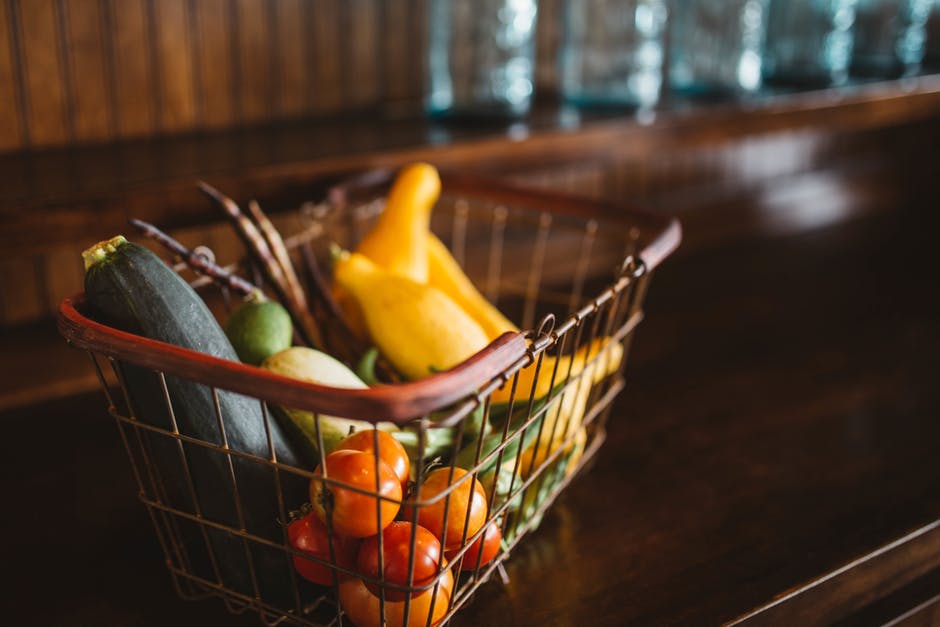The hidden face of hunger

By Clare Gravon • Food Security Program Coordinator
In my role as Food Security Program Coordinator at Jewish Family and Children’s Service of Minneapolis, I spend most of my time in community settings talking to people about food resources – especially the Supplemental Nutrition Assistance Program (SNAP), formerly known as food stamps. At JFCS, we know it’s hard to think about a job search, or your child’s development, when you don’t know how you will eat tomorrow.
 We hear the phrase “the hidden face of hunger” so often it’s become a cliché, but I can tell you that it’s also true – especially here in the Western and Northern suburbs of the Twin Cities. I recently learned that lesson all over again at the New Hope warehouse sale of Fare for All, (low-cost nutritious groceries open to all).
We hear the phrase “the hidden face of hunger” so often it’s become a cliché, but I can tell you that it’s also true – especially here in the Western and Northern suburbs of the Twin Cities. I recently learned that lesson all over again at the New Hope warehouse sale of Fare for All, (low-cost nutritious groceries open to all).
I arrived at the New Hope warehouse early on a Monday morning to talk with customers as they waited for the doors to open. I chatted with half a dozen people; some elderly couples and some individuals, including a well-dressed, middle-aged man. Mostly, I talked to people about the SNAP program, its eligibility requirements and how it works. I offered to meet with people privately to evaluate their eligibility and help them with the process of getting approved by the county in which they live, which can be daunting.
Fare for All customers are an economically diverse group, so I was somewhat surprised when the middle-aged man stopped by my table to talk privately. He told me that he had a chronic, debilitating illness, had been out of work for a while, and had nearly exhausted his savings while he continued to search for work. He had very little money left to buy food. Unfortunately, his situation isn’t terribly unusual; I hear versions of it too often.
I was able to successfully connect him to county resources for immediate emergency food support of $150, helped him submit an application for ongoing SNAP benefits, and encouraged him to meet with his county’s economic assistance department to see if they might be able to provide other support. However, a middle-aged, unemployed person who is not (yet) legally classified as disabled and who has no dependents is probably not in a position to qualify for much economic support. When I followed up, he told me that he hadn’t qualified for any other government assistance.
This situation highlights the importance of low barrier, flexible, community-based programs like Fare for All, local food shelves like PRISM’s Marketplace, and free community meals. In the fight against hunger, they are relatively small, but essential complements to much larger government-funded programs like SNAP, WIC, school lunch programs and food commodities for seniors. Their low barriers mean that one never knows who might be walking through the door looking for assistance.
The month-long federal government shutdown has already seriously disrupted funding for critical programs like SNAP. In Minnesota, 400,000 people receive SNAP benefits at a cost of $42 million a month; community-based organizations cannot fill that gap. If the government is still shut down at the time you read this, please use your voice to let your representatives in Washington know that you are very concerned about the impact this shutdown is having on the most vulnerable members of our community. And please give your support to the community-based organizations that play a vital role ensuring that food security is for everyone.